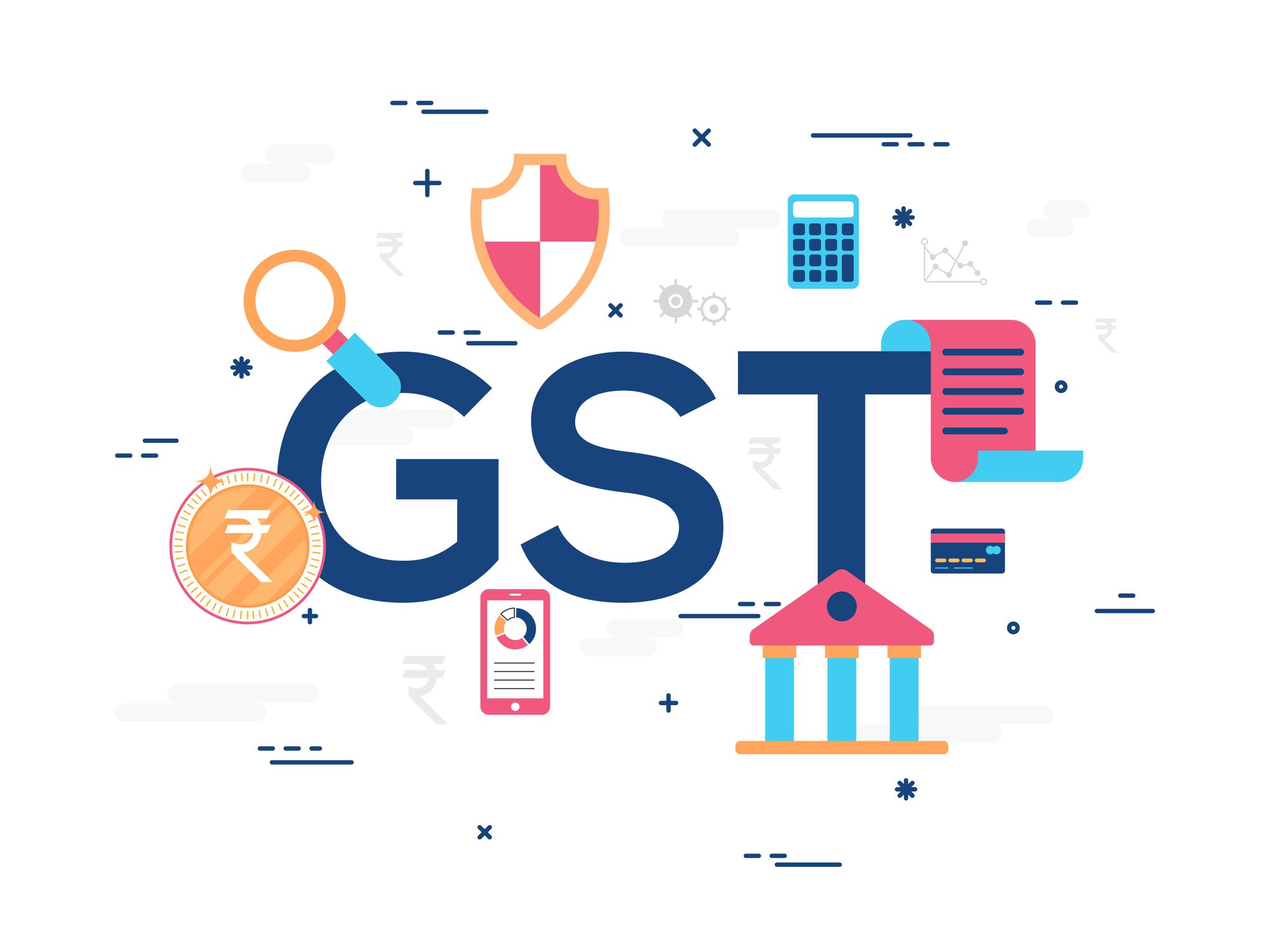Simplifying Your Singapore GST Registration: An Extensive Technique
Simplifying Your Singapore GST Registration: An Extensive Technique
Blog Article
Optimizing Tax Obligation Effectiveness: Professional Tips on Navigating the GST Registration Maze for Local Business
Navigating the intricate landscape of Item and Services Tax Obligation (GST) registration can be a labyrinthine task for tiny businesses intending to maximize their tax performance. In this discussion, we will discover professional understandings and actionable guidance that can encourage small organizations to navigate the GST registration labyrinth effectively and enhance their tax effectiveness.
Qualification Criteria
Eligibility demands for Small company GST Registration include details criteria that companies must fulfill to abide by tax policies. To receive GST enrollment, an organization should have an annual turnover exceeding the threshold set by the tax authorities, which varies by nation. Furthermore, businesses included in inter-state supply of products or solutions, or those offering products online, might be needed to sign up for GST, regardless of their turn over. It is vital for services to properly identify their qualification based upon these turn over limits to stay clear of fines for non-compliance. Singapore GST Registration.

Documents Demands
To effectively complete the procedure of GST enrollment, tiny services should ensure they have all essential paperwork in order. The needed paperwork generally consists of proof of business enrollment or incorporation, address and identification evidence of business owner, pictures, checking account information, and proof of the major business. Furthermore, businesses need to give details of their business tasks, including the services or products provided. It is vital to guarantee that all papers are accurate, up to day, and in the defined layout to avoid hold-ups or denials during the registration procedure.
In addition to the mandatory files, companies may also be needed to send added details based on their particular situations. This might consist of records connected to collaborations, the authorization of signatures, or any other pertinent agreements. Maintaining all necessary documentation organized and conveniently accessible can improve the registration procedure and aid companies adhere to the demands effectively - Singapore GST Registration. Failing to provide the needed documentation might result in hold-ups or perhaps rejection of the GST registration application. Therefore, meticulous attention to information and adherence to the paperwork standards are important for an effective GST enrollment process for small companies.
Timing Considerations
Thinking about the necessary documentation demands have actually been diligently addressed, the next vital element for tiny businesses starting the GST enrollment procedure is browse around here the tactical administration of timing factors to consider. Timing plays a critical role in GST enrollment, impacting not only compliance yet additionally monetary facets of business. Local business require to very carefully prepare the timing of their GST registration to maximize advantages and reduce potential threats.

Additionally, companies ought to align the timing of their GST registration with their operational preparedness. Ample prep work, such as updating bookkeeping systems and training staff, is important to seamlessly integrate GST needs right into Full Report everyday operations. By purposefully taking care of timing factors to consider, local business can navigate the GST enrollment procedure efficiently and optimize their tax performance.
Registration Process Tips
Successfully navigating the GST enrollment procedure needs small organizations to carry out tactical and aggressive enrollment process pointers. One critical tip is to make certain all essential papers are conveniently available before starting the enrollment procedure. This includes organization registration records, proof of address, financial institution declarations, and recognition evidence of the service proprietors. Confirming the precision of the information provided is just as important to avoid rejections or delays.
Furthermore, recognizing the limits and requirements for GST registration based on the certain state or territory where business operates read the full info here is essential. Some states have different turnover limits that activate required enrollment, so being informed about these thresholds can help companies plan ahead.
One more useful pointer is to take into consideration looking for professional support from accountants or tax experts that focus on GST enrollment. Their competence can streamline the process, reduce errors, and ensure conformity with all laws.
Compliance Best Practices
Small companies have to prioritize compliance to prevent fines and maintain a good standing with tax authorities. Tiny business owners must consistently review federal government guidelines and seek expert suggestions if needed to ensure they are satisfying all needs. By incorporating these compliance best methods right into their operations, small organizations can navigate the intricacies of GST enrollment with self-confidence and performance.
Final Thought
To conclude, small companies can browse the GST registration labyrinth by ensuring they satisfy eligibility standards, collect needed documentation, think about timing implications, follow enrollment process tips, and stick to compliance finest practices. By taking full advantage of tax performance via correct GST registration, businesses can enhance their economic management and operations.
Browsing the complex landscape of Item and Services Tax (GST) enrollment can be a labyrinthine job for little companies intending to optimize their tax obligation effectiveness.Eligibility needs for Small Organization GST Registration encompass details standards that organizations need to satisfy to comply with tax obligation policies. The required documentation commonly includes proof of service registration or identification, address and consolidation proofs of the organization owner, photos, financial institution account details, and evidence of the primary area of service. Furthermore, services need to provide information of their company tasks, including the items or services supplied.Effectively browsing the GST registration process calls for small services to apply calculated and aggressive enrollment process ideas.
Report this page